Your Search Results
Showing 131 - 140 of 142 results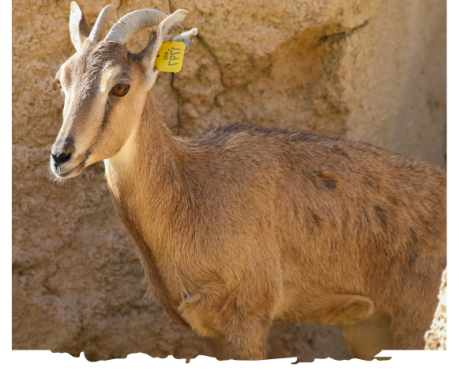
Arabian Tahr
Fact: Endemic to the Hajjar Mountains in Oman and the UAE. Arabian Tahrs are primarily browsers, feeding on a variety of fruits, leaves & grasses. Habitat: Desert surroundings characterized by low rainfall and poor forage production. Threats: Poaching, habitat degradation, competition with feral and
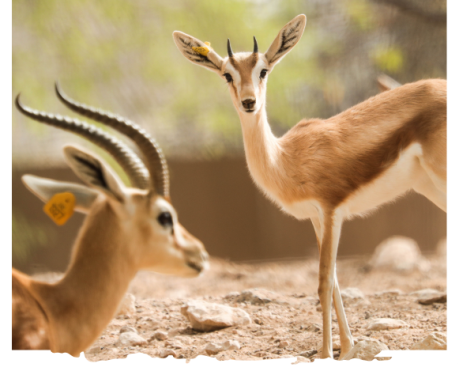
Arabian Gazelle
Fact: The only antelope to regularly give birth to twins. Calves weigh about 2 kg at birth. Habitat: Dunes, sandy deserts and sub-desert steppes. Threats: Hunting; habitat loss; illegal live capture. Range: Arabian Peninsula. Additional information: The wild population is estimated to be less than
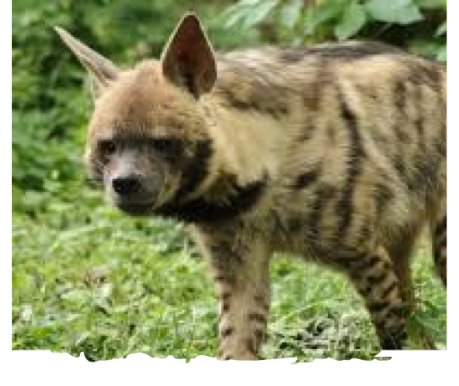
Striped Hyena
Fact: The striped hyena was present in the UAE, but is now thought to be extinct. Hyenas still exist in Oman, Saudi Arabia, and Yemen. Habitat: Tropical savanna, grasslands, semi-desert, scrub forest, and woodland. Threats: Hunted as pests and for their pelt. Range: Africa, Middle East, Afghanistan
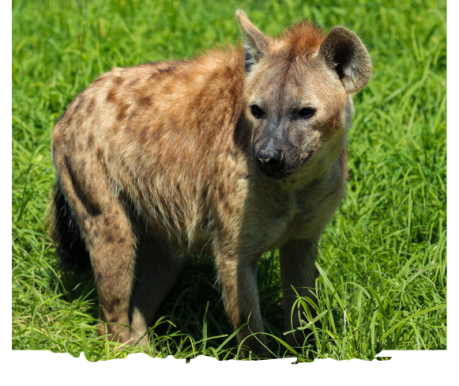
Spotted Hyena
I am the spotted hyena; you might remember me from the Lion King movie. I am a fascinating creature with a rich tapestry of characteristics that make me one of the most intriguing predators in the African wilderness. I am also known as the laughing hyena due to my unique vocalizations that resemble
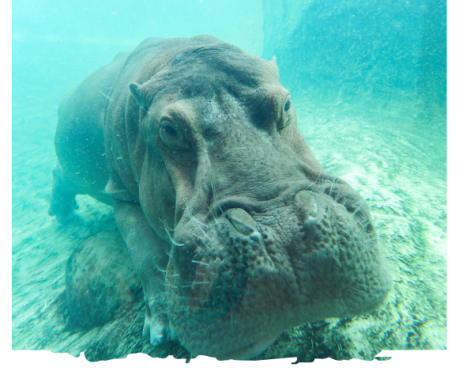
Common Hippopotamus
Fact: The hippopotamus is recognizable by its barrelshaped torso, enormous mouth and teeth, nearly hairless body, stubby legs and tremendous size. It is the third largest land mammal by weight after the White rhinoceros and elephant. Habitat: Semi-aquatic, inhabiting rivers, lakes and mangrove
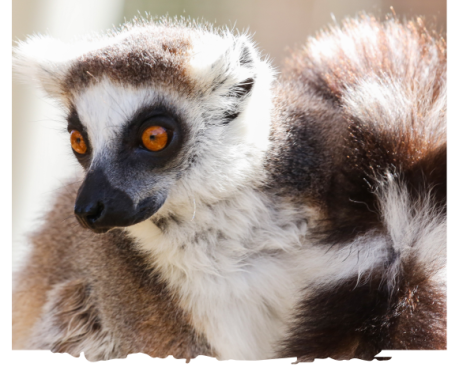
Ring-tailed Lemur
Name: Ring-tailed lemur Scientific Name: Lemur catta Species: Maki mococo Hello friends, I am thrilled you are here my name is Uno are you eager to learn about me?! I am a ring-tailed lemur. Can you guess how I got my name? It’s because of my black and white ringed tail. It’s very long and makes us
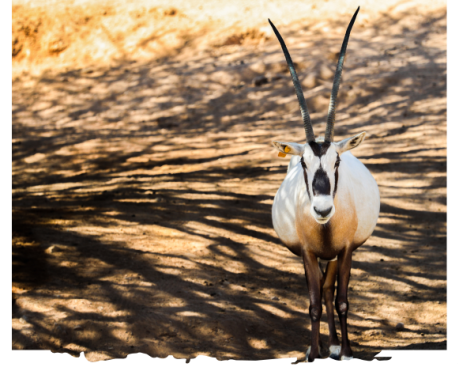
Arabian Oryx
Fact: The Arabian Oryx became extinct in the wild in 1972 due to illegal hunting. Habitat: Sandy and gravel plains desert terrain. Threats: Habitat degradation; illegal live capture. Range: Arabian Peninsula. Additional information: Successful reintroduction programs have increased the wild
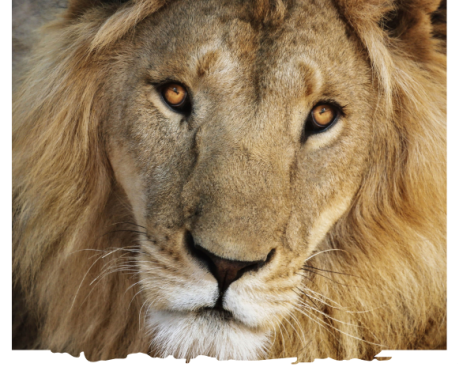
African Lion
Fact: Hunting is mostly carried out by the females working together to ambush their prey. Males usually eat first, then females, then cubs. Habitat: Savanna and forests. Threats: Hunting and loss of habitat. Range: Eastern and Southern Africa. Additional Information: Lions live in prides, groups of
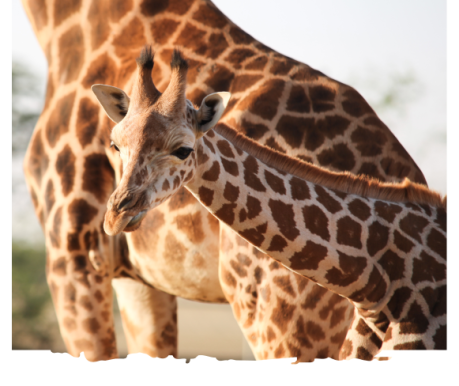
Rothschild’s Giraffe
Name: Rothschild’s giraffe Scientific Name: Giraffa camelopardalis rothschildi Hello there! I am Zaafarana a Rothschild’s giraffe, have you visited me at Al Ain Zoo? If you haven’t, then it’s time to plan a trip! Did you know that we were named after a very famous person, Walter Rothschild, a London
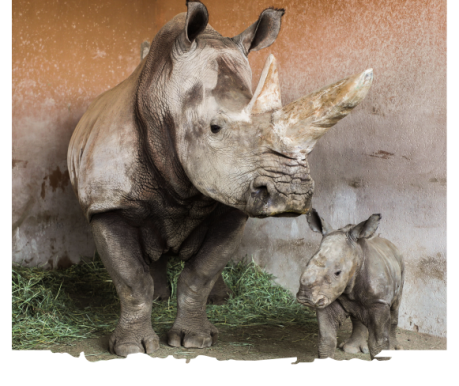
Southern White Rhinoceros
Fact: Rhinos are grazers. Their wide, square upper lips are adapted for feeding on grass. Habitat: Grasslands and savannas. Threats: Rhino species have collapsed from poaching for the international rhino horn trade. Range: Southern and Eastern Africa. Additional Information: Rhinos weigh up to 2,700